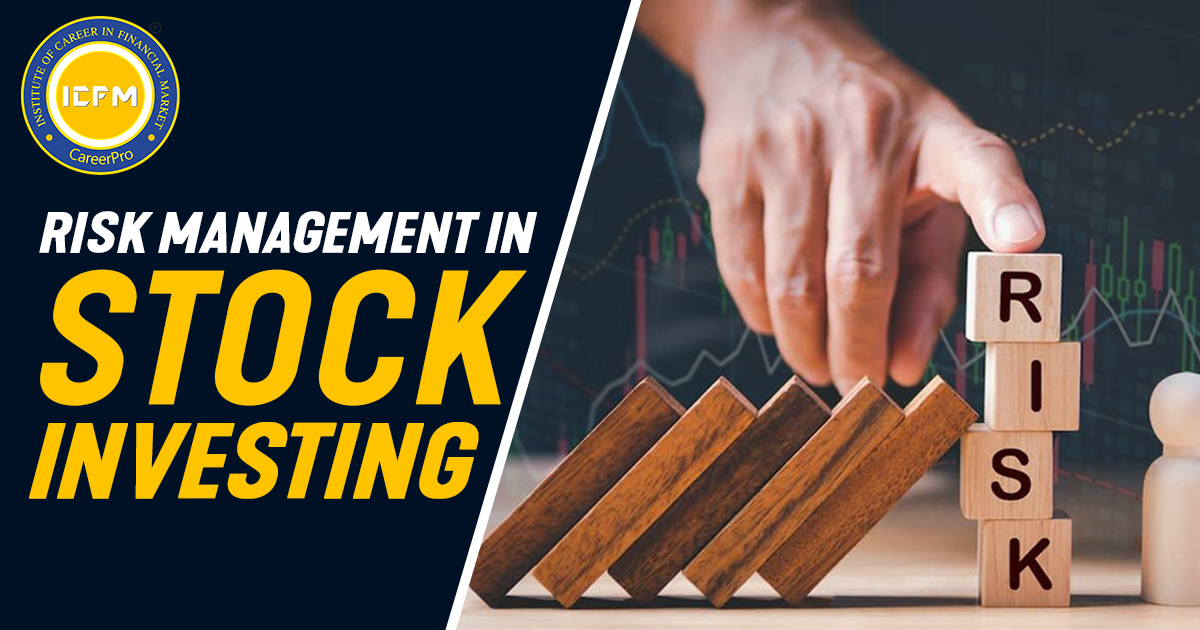The stock market is very promising in terms of its financial rewards, yet it is equally subject to inherent risks. This would, therefore, require effective risk management in order to reduce uncertainty for investors seeking protection for their capital and the realization of their goals regarding money. This blog explores key strategies in risk management for stock investing.
Risk Management in Stock Investing—Understanding Risk
Risk in stock investment is loss of principal or its part. The risk could be due to many sources, including market volatility, economic downturns, company problems, and geopolitical events. Nonetheless, even though it cannot completely eliminate all risks, there are some strategies an investor can adopt that help mitigate and manage those risks effectively. One such strategy is diversification.
Probably the most primitive tenet of risk control rests in diversification. It means to diversify a portfolio into available asset classes, sectors, and geographical regions. A poorly performing investment will not have a huge negative impact on the overall performance of the portfolio. For example, if one sector turns in a poor performance, gains in other sectors may more than compensate for the loss.
Diversification can be done in several ways:
Sector Diversification: Technology, Health, Finance and consumer goods industry spread.
Geographical Diversification: Holds various country and regional exposures to minimize idolized risks.
Asset Class Diversification: An inclusion of various investment instruments such as Equities, Bonds, Real estate and commodities.
Asset Allocation
Asset allocation refers to the division of an investment portfolio across the different asset categories. The ideal asset allocation for any investor should be based on his or her risk tolerance, investment goals, and time horizon. Ordinarily, a balanced portfolio comprises some combination of equities, fixed-income securities, and cash/cash equivalents.
For example, younger investors with a long time horizon may allocate a greater percentage of their overall portfolio to stocks with growth potential. More mature investors, nearing retirement age, will have a greater affinity for conservative instruments as against pure growth in view of the need for income and low-risk return for capital preservation. Risk Profiling and Research
Thorough research and assessment of the risk allied with various investment options must be really conducted in advance. In doing so, investors should evaluate the financial health, competitive position, quality of management, and growth prospects expected of any company. Thereafter, knowledge of the broader economic and industry trends might also be quite insightful.
Basically, some of the key metrics to consider are:
Earnings per Share: It tells how profitable a company is likely to be.
Price-to-Earnings Ratio: This ratio assists in determining if the stock is either overvalued or undervalued.
Debt-to-Equity Ratio: This measures the level of financial leverage and stability of the company.
Dividend Yield: It is the return on dividend investment.
How to Place Stop-Loss Orders
A stop-loss order is a command for an automated sale of the stock when it reaches a certain price. Since it ensures the sale of an investment before it continues to slide, it prevents a potential loss in the investment. However, stop-loss orders need to be placed with caution, taking under consideration the volatility of the underlying security and one's risk tolerance.
For instance, an investor would set a stop-loss order 10% below the purchase price for a very volatile stock and 5% for a stable stock. Thus, it allows the protection of the portfolio from rigorous downward trends, while keeping the upside open.
Periodic Portfolio Review and Rebalancing
This includes periodic portfolio review and rebalancing of portfolios to retain the risk profile and optimal asset allocation. Over time, some investments would have been more brilliant than others, and the drift on this portfolio will already yield the set structure. Rebalancing involves selling overperforming assets and buying underperforming ones to restore the original allocation.
For instance, if the performance of the stock is better compared to bonds, the investor can sell off some of the stocks and take the money to buy bonds. This is to ensure that all his or her portfolio remains aligned with his tolerance to risk and investment objectives.
Hedging Strategies
Hedging refers to an investment that involves holding different financial instruments, such as options and futures, to reduce the risk of any other investment or asset held in the portfolio. While in some cases hedging is rather complex and more expensive, it gives the investors extra safety from market turbulence.
The common strategies for hedging are:
Put Options
This option gives the owner the right to sell the stock at a certain predefined price in the future, thus insurance against falling prices of the stock.
Covered Calls
Sell call options on stocks owned to generate income; however, this potentially limits upside gains.
Avoiding Emotional Investing
Emotional investing could lead to impulsive decisions that heighten risk. Typical emotional biases are the fear of missing out, overconfidence, and panic selling. For mitigating such biases, an investor has to develop a disciplined investment plan and adhere to it. These include:
Setting Clear Goals : Define specific measurable investment objectives with time frames.
Adopting a Long-term View :This is about being more concerned with long-term growth than short-term fluctuations in the markets.
Staying Informed : Keeping up-to-date with current affairs from the markets and trends but not basing impulsive actions solely on an account of the fluctuations that go on every day.
Conclusion
Effective risk management is the difference between successful and unsuccessful investing in the stock market. Single most evident ways in which investors can lower their risks and enhance prospects for financial success are through portfolio diversification, asset allocation, detailed research, stop-loss orders, periodic portfolio review and rebalancing, hedging strategies, and prevention from emotional investing. While there is no strategy that completely eliminates risk, having some reason and discipline in the investment process will help overcome uncertainties in the stock market and achieve long-term goals.









